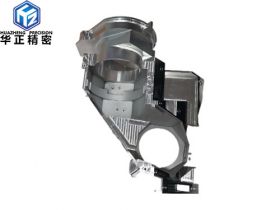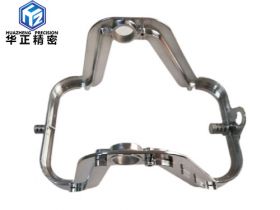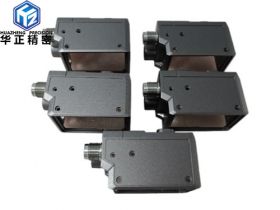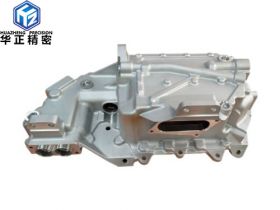News
Recommended Products
Contact Us
Contact Person: Cindy Zhu
TEL:+86 13418453374
What are the processing equipment and technologies in CNC machining centers?
The manufacture of precision molds is inseparable from those advanced processing equipment, and the main processes of precision mold manufacturing are CNC milling, slow wire cutting, EDM, grinding, turning, measurement, automation and so on.
First, CNC milling processing from the traditional ordinary milling machine to the three-axis machining center, and then developed to today's five-axis high-speed milling, so that no matter how complex the processing of three-dimensional surface parts can become a reality, the hardness of the material is no longer a limitation problem. The main cavity and profile of plastic molds are completed by CNC milling processing, and the rapid development of the rubber mold manufacturing industry is mainly due to the innovation of CNC milling technology.
Second, slow wire cutting processing is mainly used for the processing of two-dimensional and three-dimensional straight surface parts such as various punching dies, plastic molds, powder metallurgy molds, etc. Among them, the proportion of processing stamping dies is the largest, and the processing of many precision holes such as punching dies, punching dies, punching dies, concave dies and discharge plates, slow wire cutting processing is an indispensable key technology. In injection mold manufacturing, common applications are insert holes, ejector holes, diagonal top holes, cavity corner clearing and slider processing, and generally speaking, the processing accuracy requirements are not as high as those of stamping dies. Slow wire walking processing is a high-precision processing method, high-end machine tools can achieve a machining accuracy of less than 3μm, and the surface roughness can reach Ra0.05μm. At present, the automatic wire cutting of 0.02~0.03mm electrode wire can be realized, and the practical cutting efficiency can reach about mm2/min.
3. EDM EDM is suitable for the processing of complex parts such as precision small cavities, narrow slits, grooves, corners, etc. When the tool is difficult to reach complex surfaces, where deep cutting is required, where the length-to-diameter ratio is particularly high, the EDM process is superior to milling. For the machining of high-tech parts, milling electrode re-discharge can improve the success rate, and EDM is more suitable than expensive tool costs. In addition, where EDM is specified for finishing, EDM is used to provide a spark pattern surface.
Fourth, grinding machine processing grinding machine is a precision equipment for finishing the surface of parts, especially hardened workpieces. The grinding machines used in mold processing are mainly surface grinders, universal internal and external cylindrical grinders, and coordinate grinding machines (PG optical curve grinders). Small flat grinding machines are mainly used to process small size mold parts, such as precision inserts, precision mold kernels, sliders, etc. Large water grinding machines are often used for larger size formwork processing. Now, the linear speed of the grinding wheel of the surface grinding machine and the high-speed movement of the table have become a common trend, due to the use of linear guides, linear motors, hydrostatic screws and other advanced functional component technology, the movement speed has been greatly improved, in addition to the continuous improvement of grinding wheel dressing technology.
Fifth, CNC lathe is also a commonly used processing equipment in mold workshops. Its machining range is all rotary body parts. Due to the high development of CNC technology, the complex shape of the rotary body can be easily realized by programming, and the machine tool can automatically change the tool, which greatly improves the production efficiency. The processing accuracy and manufacturing technology of CNC lathes are becoming more and more perfect, and there is even a trend of grinding by turning. It is commonly used to process round inserts, braces, positioning rings and other parts in the mold.
















